Home>Articles>What Kind Of Battery Is For A Carbon Monoxide Detector
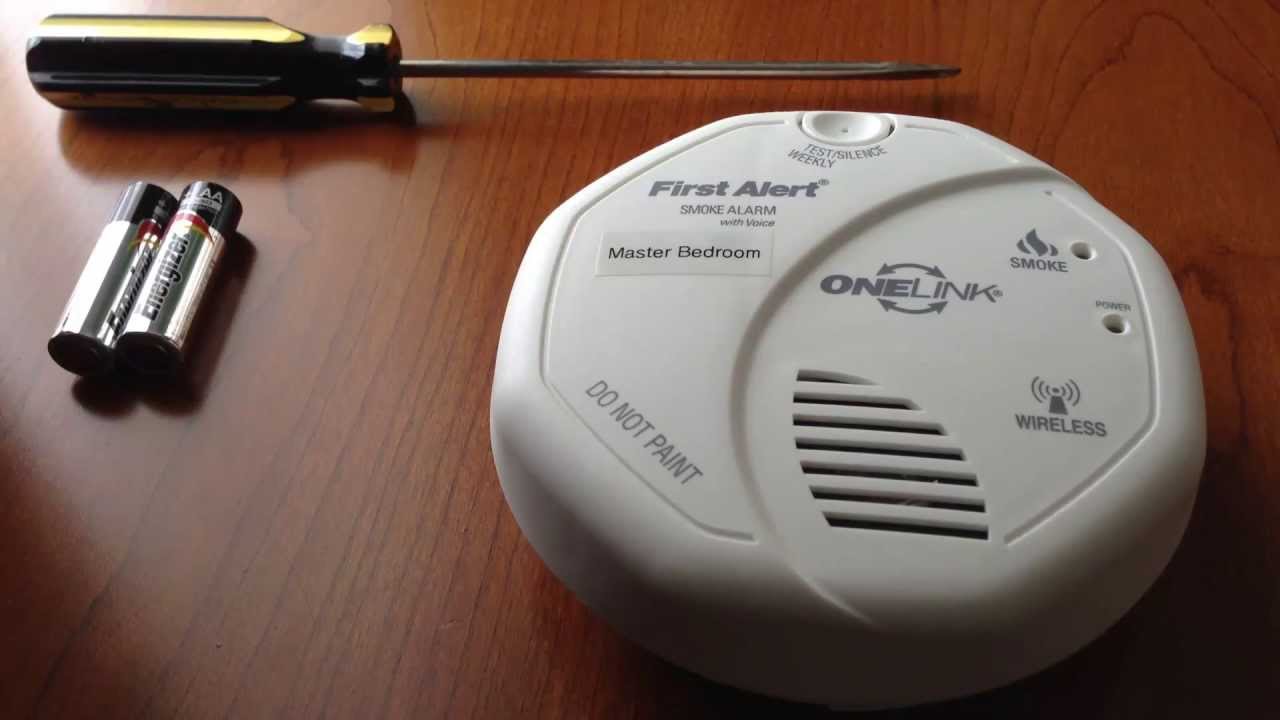

Articles
What Kind Of Battery Is For A Carbon Monoxide Detector
Modified: February 23, 2024
Discover the best articles on what kind of battery is suitable for a carbon monoxide detector. Learn how to choose the right battery for optimal safety and performance.
(Many of the links in this article redirect to a specific reviewed product. Your purchase of these products through affiliate links helps to generate commission for Storables.com, at no extra cost. Learn more)
Introduction
Carbon monoxide (CO) is a highly dangerous and odorless gas that poses a serious threat to our health and safety. It is produced by burning fuels such as natural gas, propane, gasoline, and wood. Due to its invisible nature, carbon monoxide can be particularly dangerous as it can go undetected until it reaches dangerous levels. That’s why having a reliable carbon monoxide detector is essential in every home or workplace.
While the detector itself is a crucial component, the type of battery used in the carbon monoxide detector plays a significant role in its performance and reliability. The battery is what powers the detector, allowing it to continually monitor the air for the presence of carbon monoxide. In this article, we will discuss the importance of batteries in carbon monoxide detectors and the different types available in the market.
Understanding the importance of carbon monoxide detectors is vital. Exposure to high levels of carbon monoxide can lead to severe symptoms such as headaches, dizziness, nausea, and even loss of consciousness. In worst-case scenarios, it can be fatal. That’s why it is essential to have a functioning carbon monoxide detector in your home or workplace, as it can save lives by alerting occupants to the presence of this silent killer.
Now, let’s dive deeper into the significance of batteries in carbon monoxide detectors and explore the various types of batteries commonly used.
Key Takeaways:
- Choose the right battery for your carbon monoxide detector based on factors like lifespan, operating conditions, and cost-effectiveness to ensure optimal performance and reliable protection against carbon monoxide leaks.
- Regularly test, maintain, and replace batteries in your carbon monoxide detector following manufacturer’s guidelines to demonstrate a commitment to safety and ensure continuous protection for yourself and your loved ones.
Understanding Carbon Monoxide Detectors
Before delving into the importance of batteries in carbon monoxide detectors, it is crucial to have a basic understanding of how these devices work. Carbon monoxide detectors are designed to continuously monitor the air for the presence of carbon monoxide gas. They are equipped with sensors that detect the gas and emit a loud alarm to alert occupants of the potential danger.
Carbon monoxide detectors work based on the principle of electrochemical sensing. Inside the detector, there are electrodes immersed in an electrolyte solution. When carbon monoxide is present in the air, it reacts with the electrolyte, causing a chemical reaction that generates an electrical current. This current is detected by the detector’s microprocessor, triggering the alarm.
One important thing to note is that carbon monoxide detectors do not detect smoke or fire. They are specifically designed to detect carbon monoxide gas only. Therefore, it is crucial to have both smoke detectors and carbon monoxide detectors installed in your home or workplace for complete protection.
Carbon monoxide is often referred to as the “silent killer” because it is invisible, odorless, and tasteless. Without a detector, it is impossible to know if carbon monoxide is present in an enclosed space. This makes carbon monoxide detectors an essential component of any safety plan, providing an early warning to potential carbon monoxide leaks, allowing occupants to evacuate or take necessary actions to prevent further exposure.
It’s worth mentioning that carbon monoxide detectors should be installed in every level of your home or facility, including bedrooms and near sleeping areas. This ensures maximum coverage and enables prompt detection in case of a carbon monoxide leak. Additionally, regular maintenance, including testing the detector and replacing the battery, is crucial to ensure the device is functioning properly.
Now that we have a basic understanding of carbon monoxide detectors, let’s explore the significance of batteries in maintaining their functionality.
Importance of Batteries in Carbon Monoxide Detectors
The role of batteries in carbon monoxide detectors cannot be overstated. Batteries are the primary source of power for these devices, ensuring that they are operational at all times, even during power outages. In the event of a carbon monoxide leak, a reliable and fully functional detector can be the difference between life and death.
One of the key advantages of battery-powered carbon monoxide detectors is their portability and versatility. Unlike hardwired detectors that rely on electrical wiring, battery-powered detectors can be installed anywhere in your home or workplace without the need for complex installations. This flexibility allows you to place detectors in critical areas where carbon monoxide leaks are more likely to occur.
In the event of a power outage, battery-powered detectors continue to function uninterruptedly. This is crucial because carbon monoxide leaks can occur at any time, regardless of whether the power supply is reliable or not. By relying on batteries, carbon monoxide detectors provide round-the-clock protection, giving you peace of mind knowing that your home or workplace is constantly monitored for this deadly gas.
Another significant advantage of batteries in carbon monoxide detectors is their lifespan. High-quality batteries can keep the detector running for an extended period before needing replacement. This means that you don’t have to worry about constantly changing batteries or experiencing gaps in protection. However, it is important to regularly test your detector and replace the batteries as recommended by the manufacturer to ensure optimal performance.
Furthermore, batteries serve as a backup power source, safeguarding the functionality of the detector during instances of power surges or electrical failures. This is especially important in areas prone to frequent power outages or during natural disasters when the risk of carbon monoxide leaks may increase.
Most importantly, the quality and reliability of the battery directly impact the performance of the carbon monoxide detector. A weak or low-quality battery may compromise the detector’s ability to detect carbon monoxide accurately or emit a timely alarm. Therefore, it is crucial to choose high-quality batteries specifically designed for carbon monoxide detectors.
In the next section, we will explore the different types of batteries commonly used in carbon monoxide detectors and highlight their respective features and benefits.
Types of Batteries Used in Carbon Monoxide Detectors
When it comes to the batteries used in carbon monoxide detectors, there are several options available, each with its own set of advantages and considerations. Let’s explore the most common types:
- Alkaline Batteries: Alkaline batteries are widely used in various electronic devices, including carbon monoxide detectors. They are affordable, readily available, and have a long shelf life. Alkaline batteries provide a reliable and consistent power supply, ensuring that your detector functions optimally. However, it’s essential to note that alkaline batteries have a limited lifespan and need to be replaced periodically to ensure the continued operation of the detector.
- Lithium Batteries: Lithium batteries are known for their long-lasting power. They have a significantly longer lifespan compared to alkaline batteries, making them an excellent choice for carbon monoxide detectors. Lithium batteries are less prone to leakage or corrosion, and they perform well in both high and low temperatures. Additionally, they have a lower self-discharge rate, meaning they can retain their power for a longer period, even when not in use. While lithium batteries are more expensive than alkaline batteries, their extended lifespan can offset the cost over time.
- Rechargeable Batteries: Rechargeable batteries, such as nickel-metal hydride (NiMH) batteries, offer the convenience of being reusable. They can be charged and used multiple times, reducing the need for frequent battery replacements. Rechargeable batteries are environmentally friendly and cost-effective in the long run. However, it is crucial to ensure that the rechargeable batteries used in carbon monoxide detectors are specifically designed for low-power devices like detectors. Using incompatible batteries may compromise the performance and accuracy of the detector.
It’s important to note that the type of battery suitable for your carbon monoxide detector may vary depending on the manufacturer’s specifications. Always refer to the manufacturer’s guidelines or user manual to determine the recommended battery type for your specific detector model.
When choosing a battery for your carbon monoxide detector, consider factors such as reliability, lifespan, availability, and cost. It is also wise to have spare batteries on hand to ensure continuous protection in case of battery failure or depletion.
In the next section, we will discuss how to choose the right battery for your carbon monoxide detector, ensuring optimal performance and reliability.
Alkaline Batteries
Alkaline batteries are one of the most commonly used types of batteries in carbon monoxide detectors. They are widely available, affordable, and offer a reliable power source for these essential safety devices.
Alkaline batteries are composed of a cathode, an anode, and an electrolyte. The cathode contains manganese oxide, while the anode is made of zinc powder. The electrolyte is typically a potassium hydroxide solution. When the battery is connected to a circuit, a chemical reaction occurs, producing electrical energy.
One of the primary advantages of alkaline batteries is their long shelf life. They can be stored for extended periods without significantly losing their power. This makes them a convenient choice for carbon monoxide detectors, as they provide a reliable power source even when not in immediate use.
In terms of performance, alkaline batteries offer a steady and consistent power supply. This ensures that the carbon monoxide detector functions optimally, continuously monitoring the air for the presence of carbon monoxide. However, it’s important to note that alkaline batteries will gradually lose their capacity over time, requiring periodic replacement.
When selecting alkaline batteries for your carbon monoxide detector, consider factors such as the size required and the expected battery life. The most common sizes for alkaline batteries are AA and AAA, but it’s essential to check the specifications provided by the device manufacturer to ensure compatibility.
It is highly recommended to use high-quality alkaline batteries from reputable brands. These batteries tend to have better construction and are less likely to leak or corrode, which can damage the detector or impair its performance.
When installing alkaline batteries in your carbon monoxide detector, ensure that you follow the manufacturer’s instructions and insert the batteries correctly. It’s also a good practice to check the batteries regularly and replace them as recommended by the manufacturer or when the low-battery indicator on the detector is activated.
By using high-quality alkaline batteries and properly maintaining them, you can ensure that your carbon monoxide detector remains operational and provides reliable protection against this silent and dangerous gas.
Make sure to use a long-lasting, reliable battery for your carbon monoxide detector. Lithium batteries are a good choice as they have a long shelf life and provide consistent power. Always follow the manufacturer’s recommendations for the specific type of battery to use.
Read more: What Is The Best Carbon Monoxide Detector
Lithium Batteries
Lithium batteries are a popular choice for powering carbon monoxide detectors due to their long-lasting and reliable performance. These batteries offer several advantages over other types, making them a preferred option for those seeking extended battery life and overall efficiency.
Lithium batteries utilize lithium as the primary material for their anode, which allows them to store and deliver higher energy densities compared to other battery types. This means that a single lithium battery can provide a longer-lasting power source for your carbon monoxide detector, reducing the frequency of battery replacement.
One of the key benefits of lithium batteries is their excellent performance in both high and low temperatures. They are known for their stability and ability to maintain a consistent power output under extreme temperature conditions. Therefore, they are particularly suitable for use in areas with varied climates or locations where temperatures can fluctuate significantly.
In addition to their temperature resistance, lithium batteries have a very low self-discharge rate. Unlike other battery types that gradually lose their charge over time, lithium batteries retain their power for extended periods, even when not in active use. This makes them an ideal choice for carbon monoxide detectors that are constantly on standby, ensuring that the detector remains fully functional when it is most needed.
Lithium batteries are also less prone to leakage or corrosion compared to other battery types. This can help protect the internal components of the carbon monoxide detector and prevent damage or malfunctions caused by battery leakage.
However, it is worth mentioning that lithium batteries tend to be slightly more expensive compared to alkaline batteries. This higher cost is due to the advanced technology and superior performance they offer. Despite the initial investment, the extended lifespan and reliability of lithium batteries can offset the higher price tag in the long run.
When selecting lithium batteries for your carbon monoxide detector, ensure that you choose the correct size and voltage specified by the manufacturer. Common sizes include AA and 9V batteries, but it’s essential to refer to the device’s user manual or manufacturer’s recommendations for the most suitable battery type.
It is important to note that lithium batteries should be handled and disposed of appropriately due to their chemical composition. Follow local regulations and recommendations for the proper disposal of lithium batteries to minimize environmental impact.
By utilizing lithium batteries in your carbon monoxide detector, you can benefit from their long-lasting power, temperature durability, low self-discharge rate, and overall reliability. These qualities ensure that your detector operates smoothly and continuously, providing essential protection against the dangers of carbon monoxide.
Rechargeable Batteries
Rechargeable batteries offer a practical and eco-friendly alternative for powering carbon monoxide detectors. These batteries can be reused multiple times, reducing the need for frequent battery replacements and minimizing waste.
One of the primary advantages of rechargeable batteries, such as nickel-metal hydride (NiMH) batteries, is their convenience and cost-effectiveness. These batteries can be charged and used repeatedly, eliminating the need to purchase disposable batteries on a regular basis. This not only saves money in the long run but also reduces the environmental impact associated with single-use batteries.
Rechargeable batteries are designed to be durable and provide a consistent power supply, making them suitable for powering carbon monoxide detectors. They offer reliable performance, allowing the detector to function optimally in detecting the presence of carbon monoxide gases.
When utilizing rechargeable batteries in your carbon monoxide detector, it is crucial to ensure that you choose batteries specifically designed for low-power devices like detectors. The capacity and voltage of the batteries should align with the requirements provided by the manufacturer. Using incompatible batteries may result in reduced performance or inaccurate readings from the detector.
It’s important to note that rechargeable batteries may have a slightly lower voltage compared to disposable batteries. While this usually doesn’t cause any issues, it’s essential to verify compatibility and functionality during the installation process.
When using rechargeable batteries in your carbon monoxide detector, it’s essential to establish a proper charging routine to ensure that the batteries are always ready when needed. Follow the manufacturer’s instructions for charging the batteries and avoid overcharging or leaving them connected to the charger for extended periods.
Keep in mind that rechargeable batteries have a limited lifespan and will eventually lose their capacity to hold a charge over time. It’s necessary to monitor the battery’s performance and replace them when they no longer hold a charge effectively. It’s a good practice to have spare rechargeable batteries on hand to ensure uninterrupted operation of the carbon monoxide detector.
Rechargeable batteries are a sustainable and cost-effective choice for powering carbon monoxide detectors. By utilizing these batteries, you can reduce waste, save money, and continuously protect your home or workplace from the dangers of carbon monoxide.
Choosing the Right Battery for Your Carbon Monoxide Detector
When it comes to selecting the right battery for your carbon monoxide detector, it is essential to consider several factors to ensure optimal performance and reliability. Here are some key points to keep in mind:
1. Refer to the manufacturer’s recommendations: The best place to start is by checking the user manual or guidelines provided by the manufacturer. They will specify the recommended battery type, size, and voltage for your specific carbon monoxide detector. Following these recommendations is crucial to ensure compatibility and optimal performance.
2. Consider the battery lifespan: Different battery types have varying lifespans. Alkaline batteries, for example, typically have a shorter lifespan compared to lithium batteries. Evaluate your needs and preferences to determine how frequently you are willing to replace batteries and choose accordingly.
3. Assess the operating conditions: If you live in an area with extreme temperatures, consider batteries that can perform well in such conditions. For example, lithium batteries are known for their excellent temperature resistance, making them suitable for environments with fluctuating temperatures.
4. Account for power outages: If power outages are a common occurrence in your area, it is crucial to choose batteries that can provide reliable backup power for your carbon monoxide detector. Lithium batteries, with their long-lasting power, can offer continued protection even during prolonged power failures.
5. Evaluate cost-effectiveness: Consider the long-term costs associated with the batteries you choose. While rechargeable batteries might have a higher upfront cost, their ability to be reused multiple times can save you money over time compared to disposable batteries that require frequent replacement.
6. Quality and reliability: Opt for high-quality batteries from reputable brands. These batteries typically have better construction, minimizing the risk of leakage or corrosion that can damage the detector or compromise its functionality.
7. Test and replace batteries regularly: Regardless of the battery type you choose, it is essential to regularly test your carbon monoxide detector and replace the batteries as recommended by the manufacturer. This ensures that the detector is always powered and ready to alert you to any potential carbon monoxide leaks.
By considering these factors and following the manufacturer’s recommendations, you can choose the right battery for your carbon monoxide detector, ensuring consistent and reliable performance.
Battery Replacement and Maintenance Tips
Maintaining and replacing the batteries in your carbon monoxide detector is essential to ensure that it functions optimally and provides reliable protection against the dangers of carbon monoxide gas. Here are some important tips to keep in mind:
1. Follow the manufacturer’s guidelines: Always refer to the user manual or guidelines provided by the manufacturer regarding battery replacement and maintenance. They will provide specific instructions and recommendations tailored to your carbon monoxide detector model.
2. Regularly test your carbon monoxide detector: Test your carbon monoxide detector regularly to ensure it is functioning properly. Most detectors have a test button that you can press to check if the alarm sounds and the display shows the expected readings. Refer to the manufacturer’s instructions for the recommended testing frequency.
3. Replace batteries as recommended: Follow the manufacturer’s recommendations for battery replacement. This could be based on a specific timeframe, low-battery indicator activation, or other indicators specified by the manufacturer. Regularly replace the batteries to ensure uninterrupted operation of your carbon monoxide detector.
4. Use high-quality batteries: Opt for high-quality batteries from reputable brands. These batteries are less likely to leak or corrode, which can damage the internal components of the detector. They also tend to offer more reliable performance compared to generic or lower-quality batteries.
5. Keep spare batteries on hand: It’s a good idea to have spare batteries readily available in case of battery failure or depletion. This allows you to replace the batteries promptly without leaving your home or workplace unprotected against potential carbon monoxide leaks.
6. Check for corrosion: During battery replacements, inspect the battery compartment for any signs of corrosion. If you notice any corrosion, clean the affected area using a dry cloth or an appropriate cleaning agent as recommended by the manufacturer. Corrosion can interfere with the proper functioning of the detector, so it’s important to address it promptly.
7. Consider battery testing tools: If available, consider using battery testing tools to assess the remaining capacity of your batteries. This can help you determine if the batteries need to be replaced or if they still have sufficient power for continued use in your carbon monoxide detector.
8. Pay attention to battery expiration dates: Check the expiration dates on your batteries before installation. Expired batteries can lose their capacity and may not provide the expected power supply. Using fresh batteries ensures optimal performance and reliability.
9. Dispose of batteries properly: When it’s time to replace your batteries, ensure that you dispose of them in accordance with local regulations. Many communities have designated recycling centers for battery disposal. Proper disposal helps protect the environment and reduces the risk of harmful materials ending up in landfills.
By following these battery replacement and maintenance tips, you can ensure that your carbon monoxide detector remains in excellent working condition, providing continuous protection against the dangers of carbon monoxide gas.
Conclusion
Carbon monoxide detectors are crucial safety devices that help protect us from the silent and deadly gas known as carbon monoxide. The choice of battery for these detectors plays a significant role in their performance and reliability. By understanding the importance of batteries and considering the various options available, we can ensure that our carbon monoxide detectors remain in optimal condition and provide continuous protection for our homes and workplaces.
Alkaline batteries, with their affordability and consistent power supply, are a popular choice for carbon monoxide detectors. They offer reliable performance and are readily available in most stores. However, their lifespan is relatively shorter compared to other options, requiring periodic replacement.
Lithium batteries offer extended battery life, temperature durability, and a low self-discharge rate. They are particularly suitable for areas with extreme temperatures and provide an uninterrupted power supply during power outages. Though they may have a higher upfront cost, their long-term performance and reliability make them worth considering.
Rechargeable batteries, such as nickel-metal hydride (NiMH) batteries, provide a cost-effective and eco-friendly option. They can be reused multiple times, reducing waste and saving money in the long run. Rechargeable batteries are convenient, but it’s important to choose batteries specifically designed for low-power devices like carbon monoxide detectors. Proper charging and maintenance are essential to ensure their continued performance.
When choosing the right battery for your carbon monoxide detector, it is crucial to follow the manufacturer’s recommendations, evaluate lifespan, consider operating conditions, and assess cost-effectiveness. Regular testing, proper maintenance, and timely battery replacements are necessary to ensure that your carbon monoxide detector operates at its best and offers reliable protection against carbon monoxide leaks.
Remember to dispose of used batteries responsibly and check expiration dates before installation. By following these guidelines, we can confidently rely on our carbon monoxide detectors to keep us safe from this silent and dangerous gas.
Investing in the appropriate battery and regularly maintaining your carbon monoxide detector demonstrates a commitment to the safety and well-being of yourself, your family, and anyone who enters your home or workplace. By doing so, you can have peace of mind knowing that you have taken the necessary steps to mitigate the risks associated with carbon monoxide exposure.
In conclusion, the battery you choose for your carbon monoxide detector should align with your specific needs, ensuring optimal performance, and providing continuous protection against the dangers of carbon monoxide. So, make a smart choice in selecting the right battery for your carbon monoxide detector and prioritize the safety of your loved ones.
Frequently Asked Questions about What Kind Of Battery Is For A Carbon Monoxide Detector
Was this page helpful?
At Storables.com, we guarantee accurate and reliable information. Our content, validated by Expert Board Contributors, is crafted following stringent Editorial Policies. We're committed to providing you with well-researched, expert-backed insights for all your informational needs.

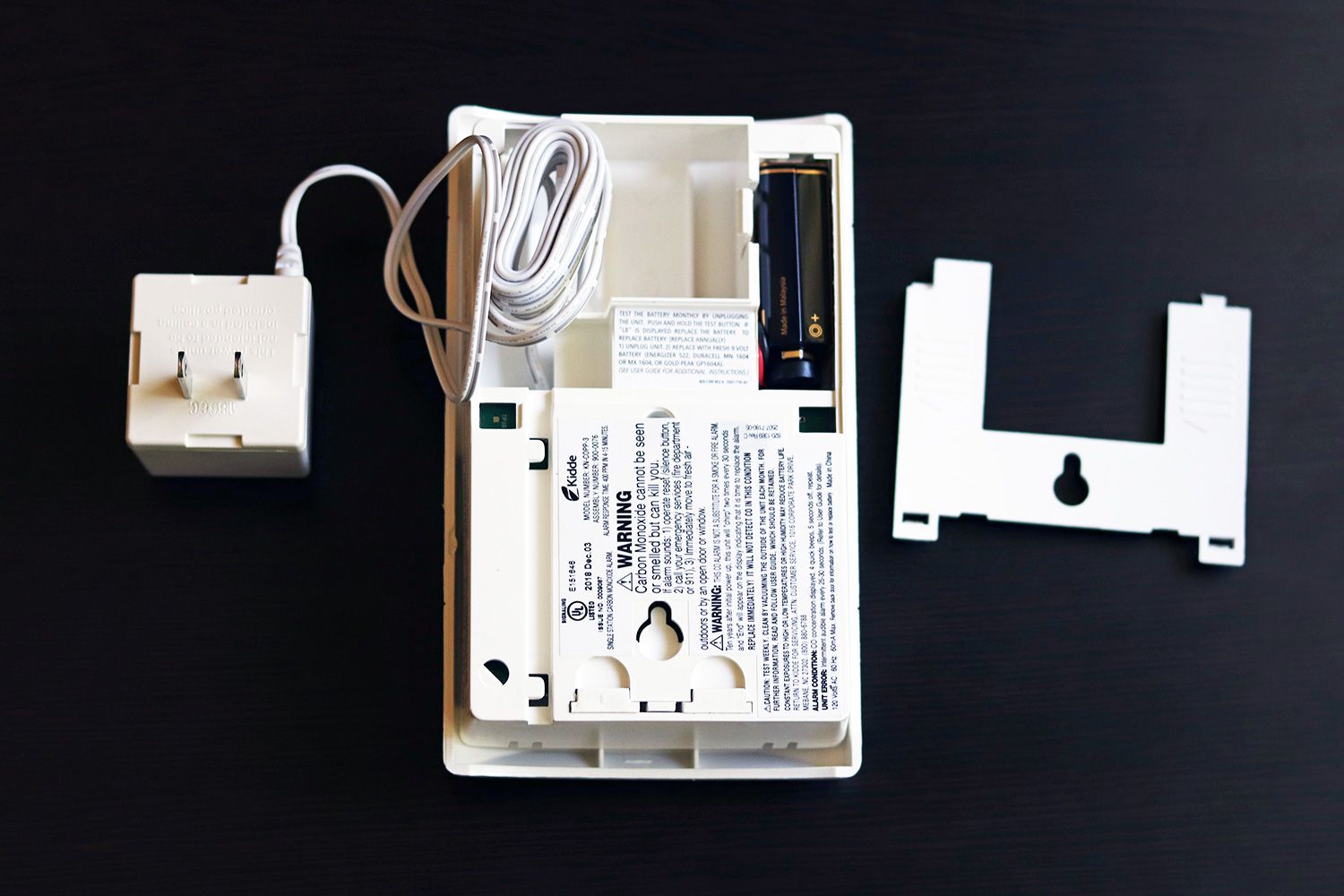
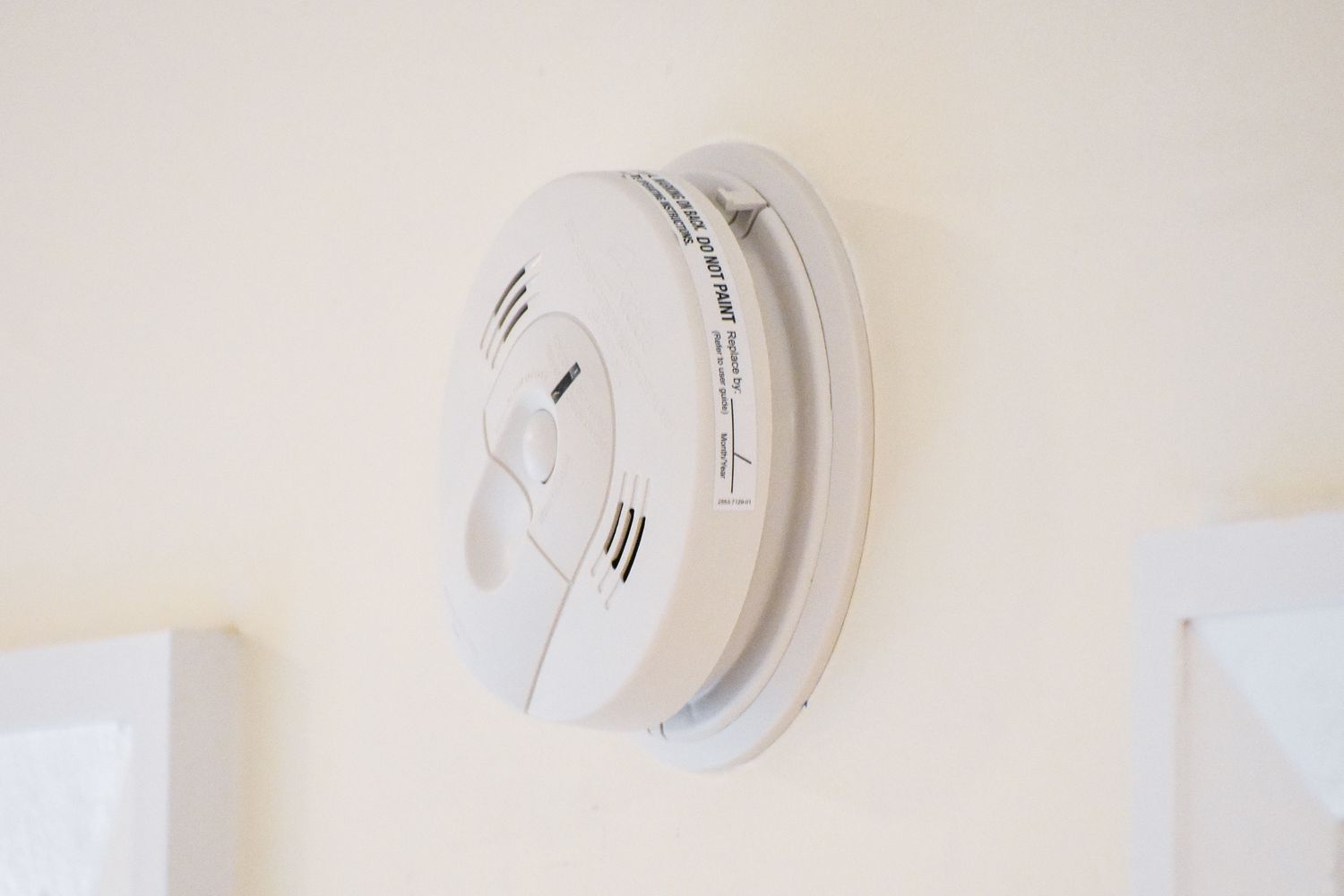
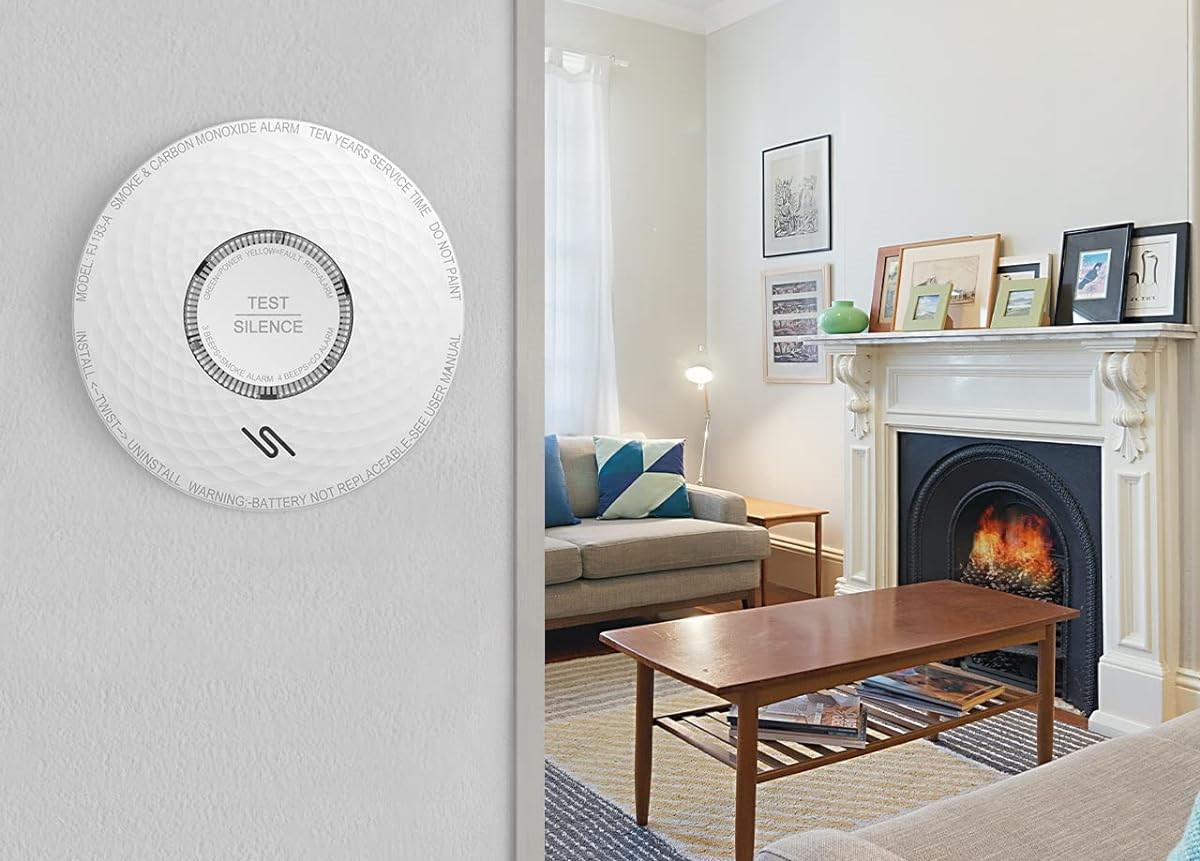
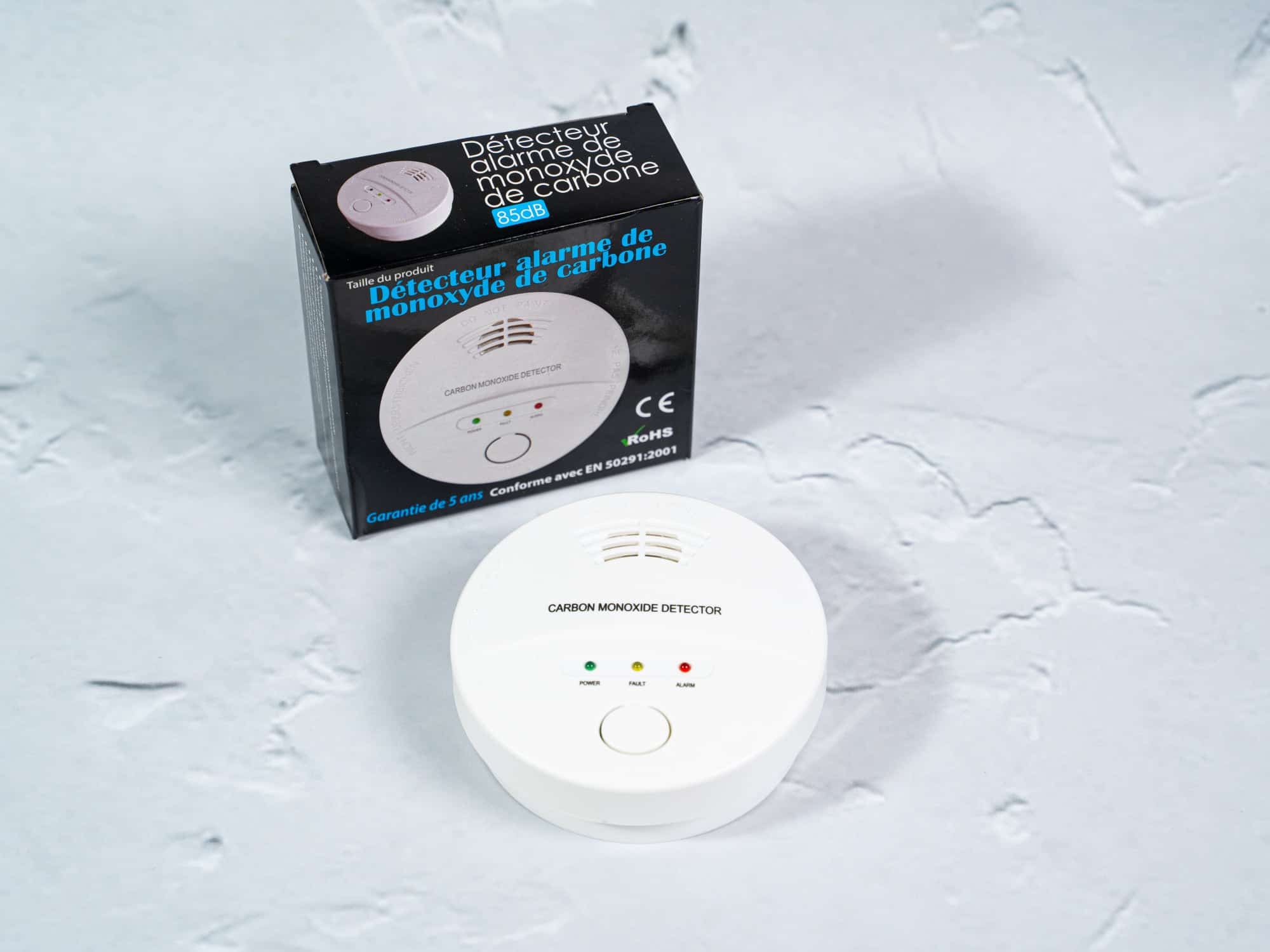
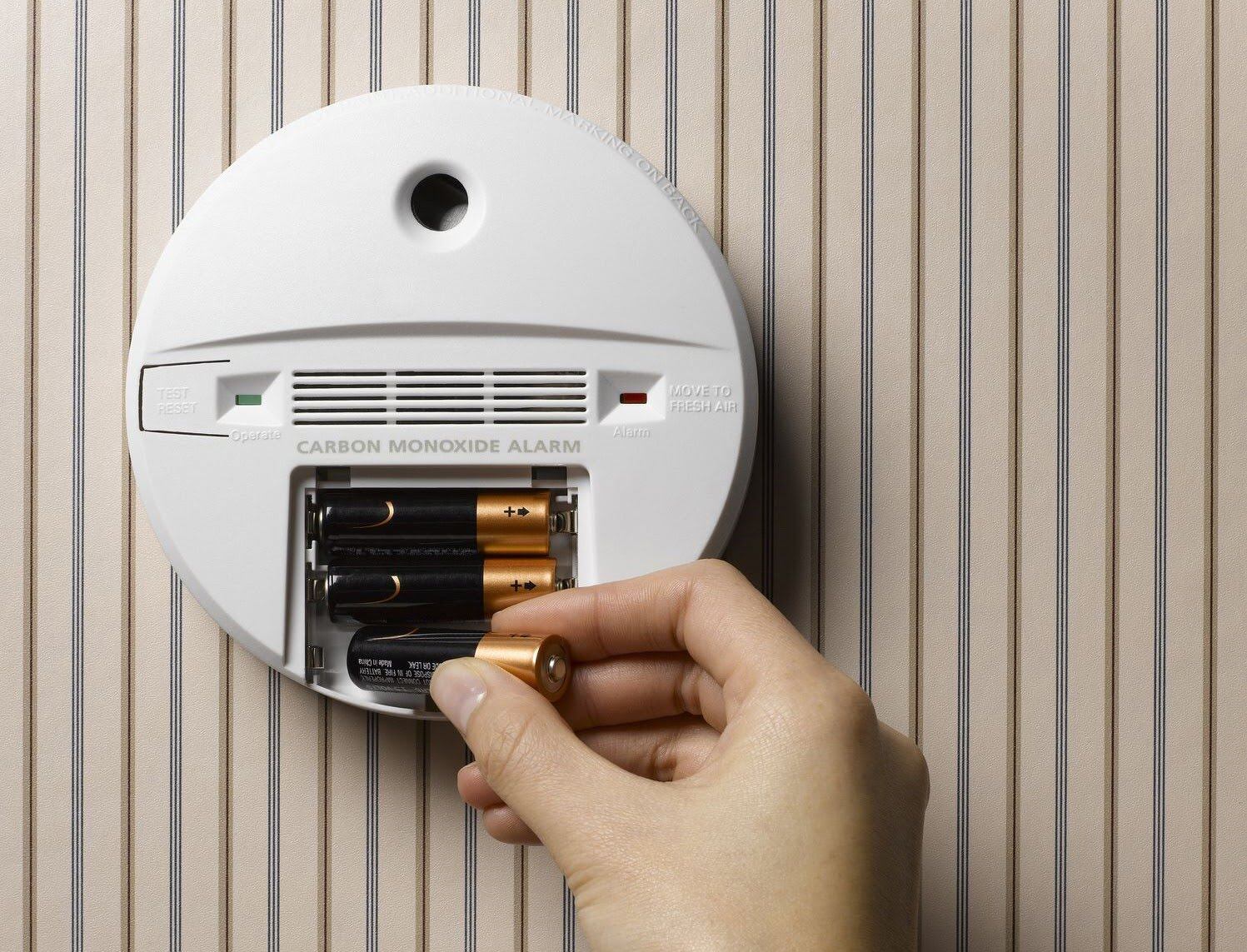
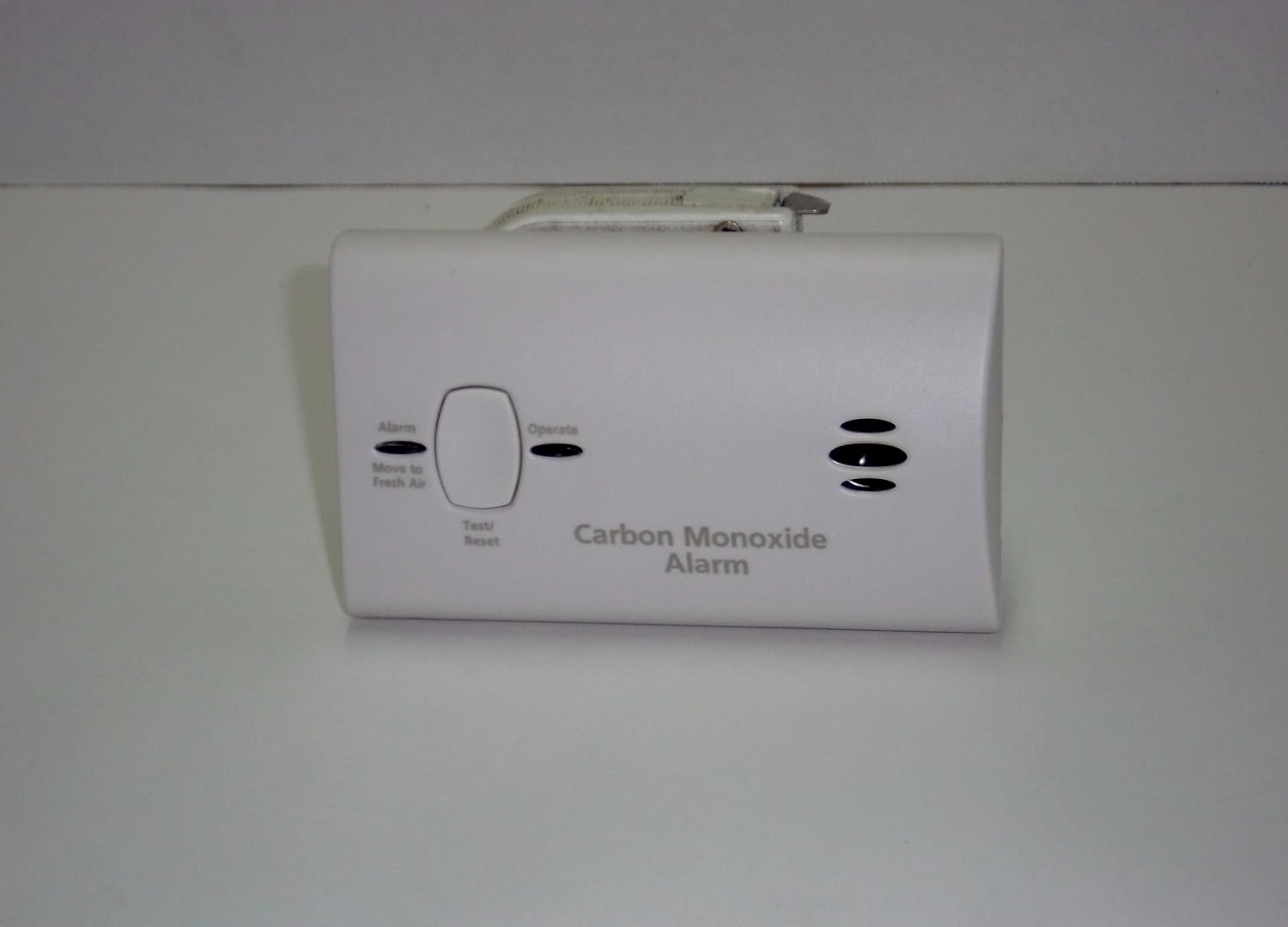
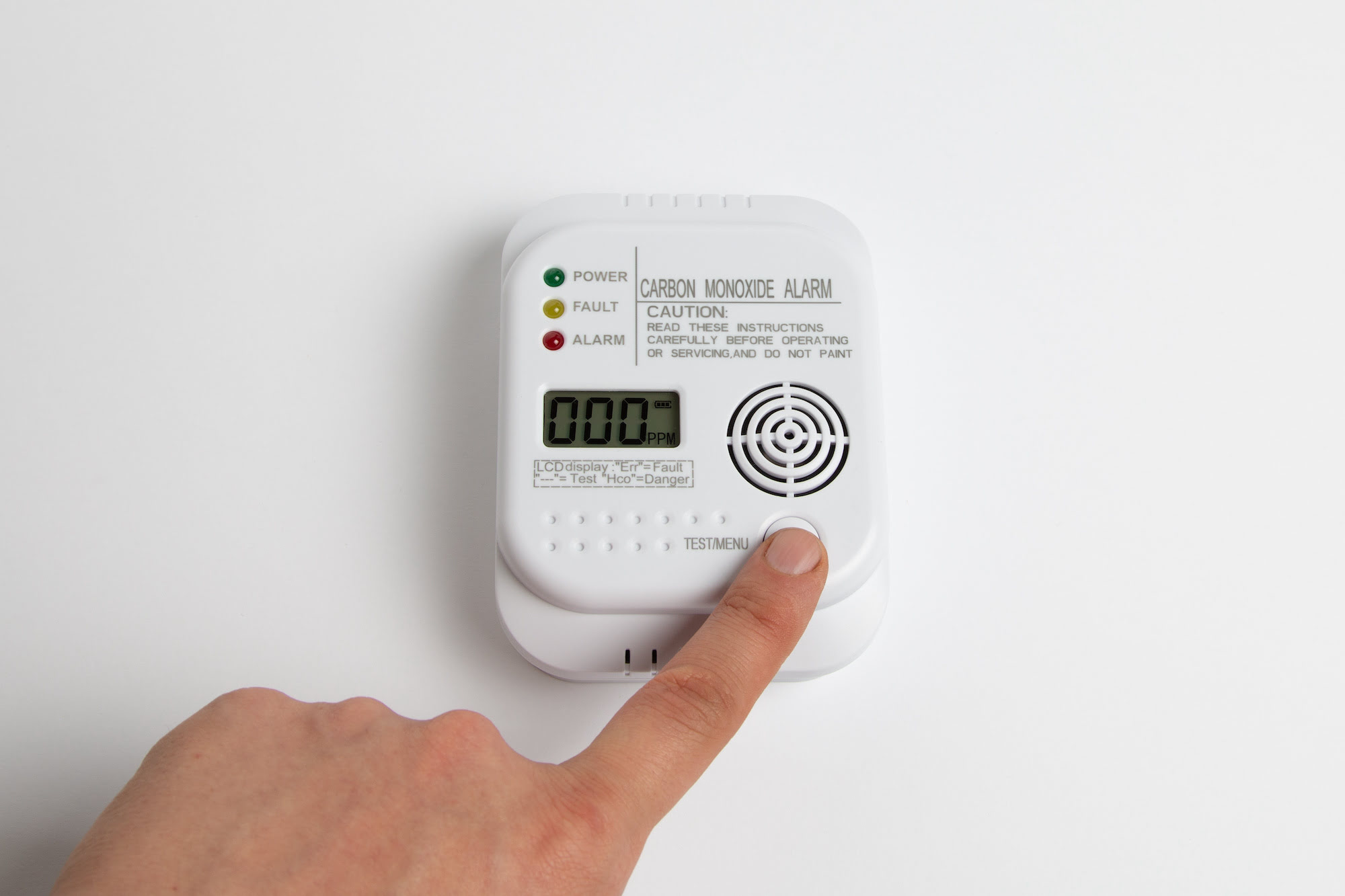
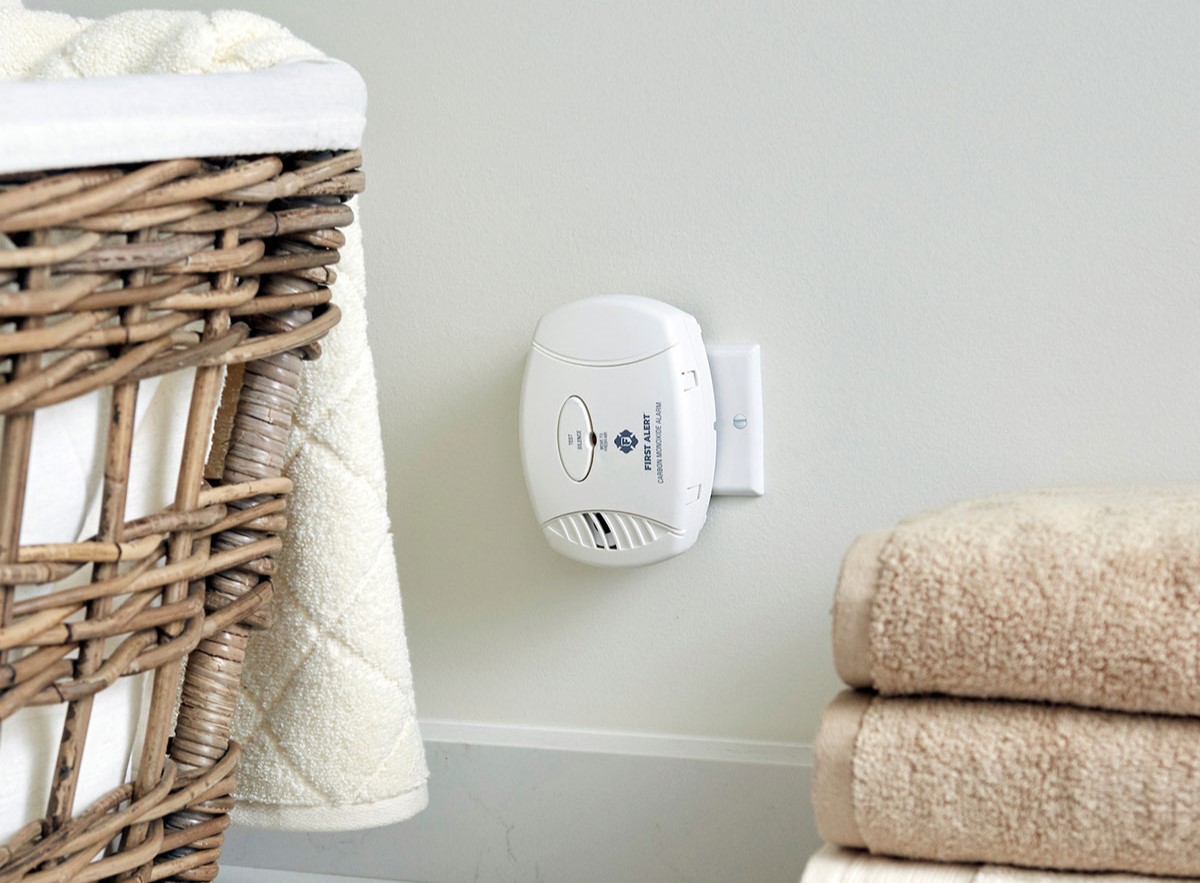
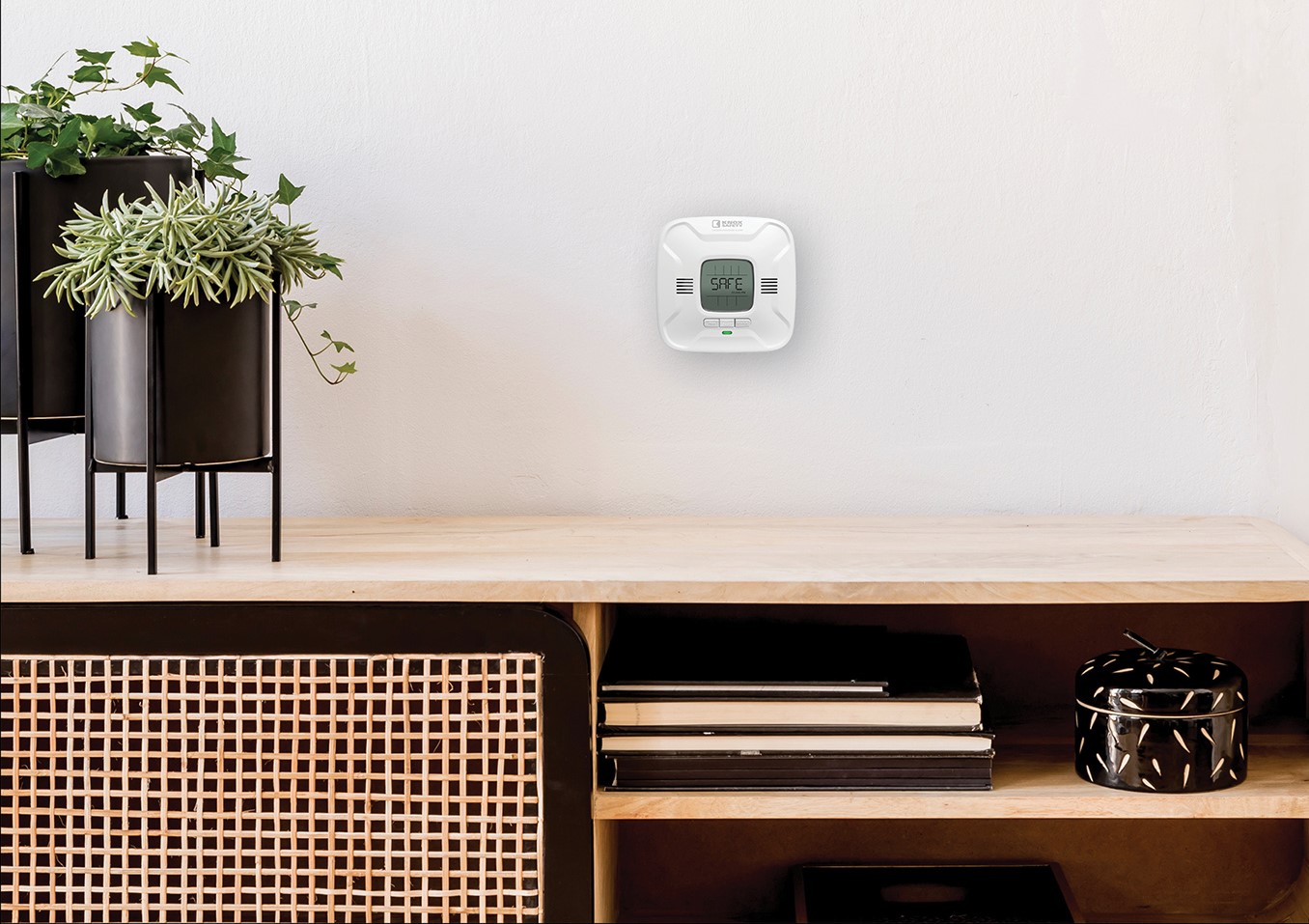
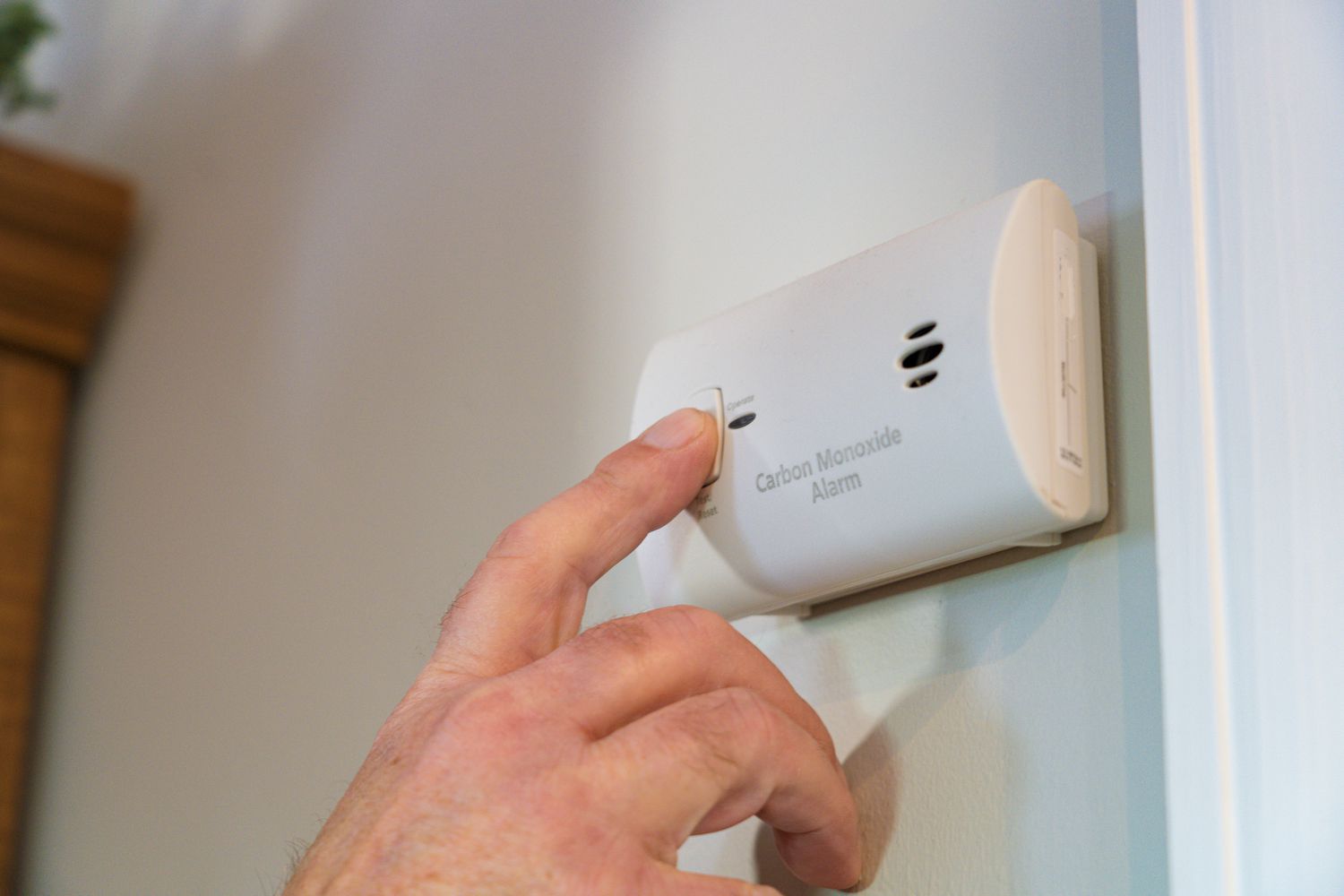

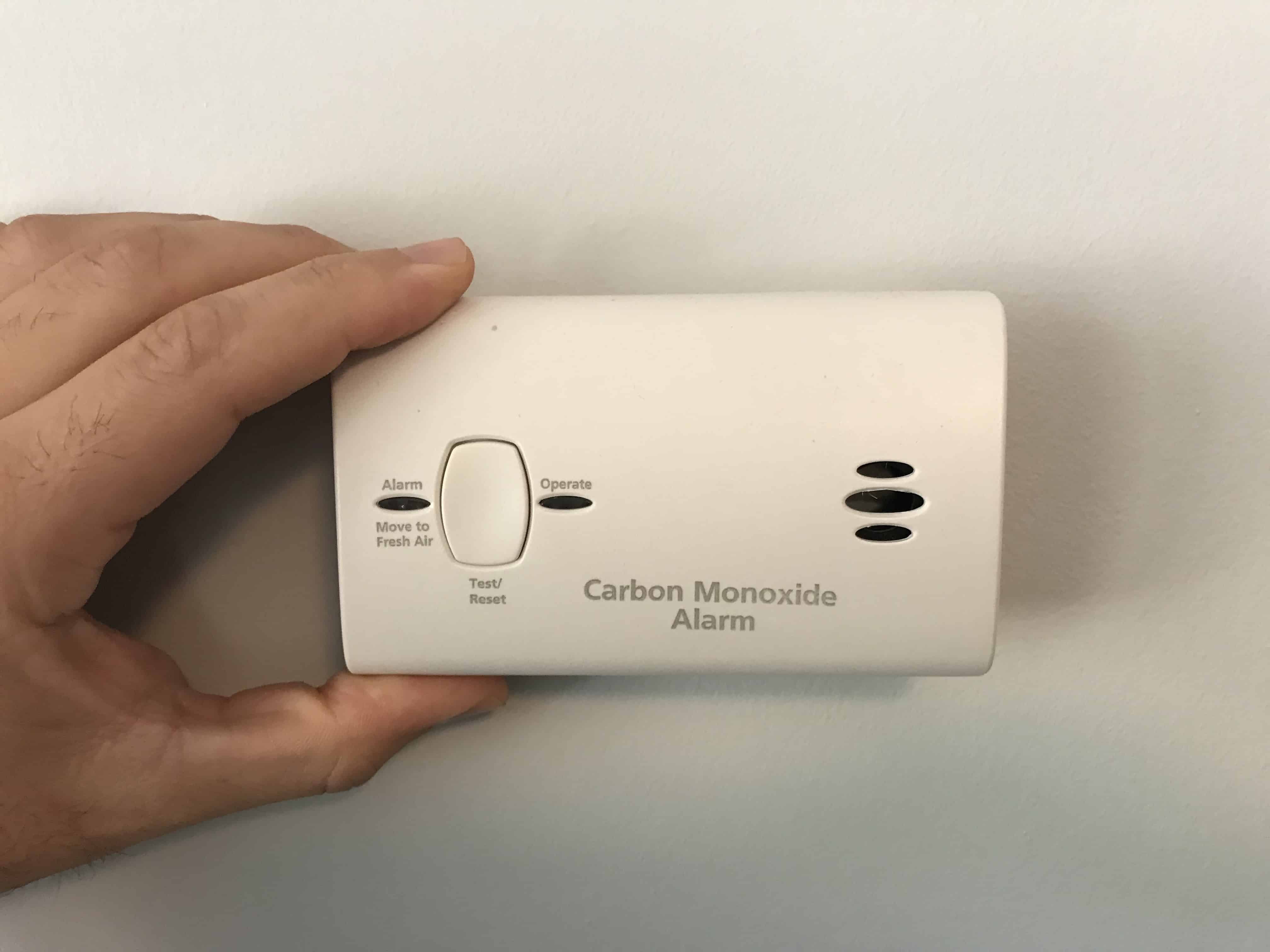

0 thoughts on “What Kind Of Battery Is For A Carbon Monoxide Detector”